My favourite painting: The Lord Ramsbotham
'What I find fascinating about Parmigianino’s self-portrait is that its main feature is not his face, but his hands, the tools of his trade'

Self-portrait in a Convex Mirror, about 1524, by Parmigianino (Francesco Mazzola) (1503–40), 9.6in in diameter, Kunsthistorisches Museum, Vienna, Austria.
The Lord Ramsbotham says:
I was introduced to Mannerism, which comes from maniera, meaning stylish – which Mannerist paintings and sculptures undoubtedly are – by an Open University course. Hands are the trademark of Mannerist art, particularly with an index finger pointing upwards. What I find fascinating about Parmigianino’s self-portrait is that its main feature is not his face, but his hands, the tools of his trade. Convex mirrors distort reflections and I have always admired the self-confidence of a young artist, who not only attempted such a painting but used it in his CV to announce his ability to possible patrons.
Gen The Lord Ramsbotham GCB CBE, Chief Inspector of Prisons 1995–2001, sits on the crossbenches in the House of Lords
John McEwen comments on Self-portrait in a Convex Mirror:
Parmigianino was born in Parma, hence his name. He was two when his artist father died, so he was raised and trained by two artist uncles. By 16, he was superior to them all.
Parma had produced great architecture and sculpture, but depended on painters from elsewhere. One of these was Antonio Correggio. Parmigianino learned from Correggio, more than 10 years his senior, when they worked together on frescoes for a monastery church. The result advanced both their careers: Correggio was overwhelmed with commissions; Parmigianino, only 19, was commissioned to paint some frescoes in Parma Cathedral.
By 1524, he sought to advance his career by going to Rome, where he remained until the city was sacked in 1527 by the army of the Holy Roman Empire. He took three of his pictures, which, according to his first chronicler Vasari, he offered to the Pope as examples of his mastery. The most dramatic was this inventive and easily transportable self-portrait, the convex subject made literal by being painted on a curved wooden surface.
Raphael, youngest of the three great artists (Leonardo, Michelangelo) of the High Renaissance, had died three years before. In his portrait, Parmigianino – from the luxury of his dress, the refinement of his magnified hand, his self-assurance – was proposing himself as a replacement for Raphael, also a prodigy famed for good looks, elegance and artistic grace.
Sign up for the Country Life Newsletter
Exquisite houses, the beauty of Nature, and how to get the most from your life, straight to your inbox.
‘Mannerism’, a 20th-century categorisation, derived from maniera, a word often used by Vasari, himself a Mannerist. Parmigianino was one of its earliest practitioners. Trickery and odd effects, especially distortion, are characteristics—his self-portrait in a nutshell.
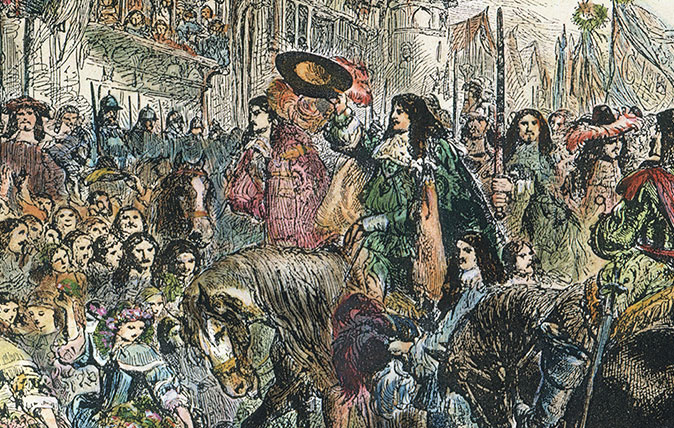
Credit: The Restoration of Charles II - 17th century engraving, Victorian colouring
The fascinating story of the 'lost' royal art collections of Charles I and Charles II
The royal art collections of Charles I and Charles II were scattered across Europe – and after the Restoration, huge efforts
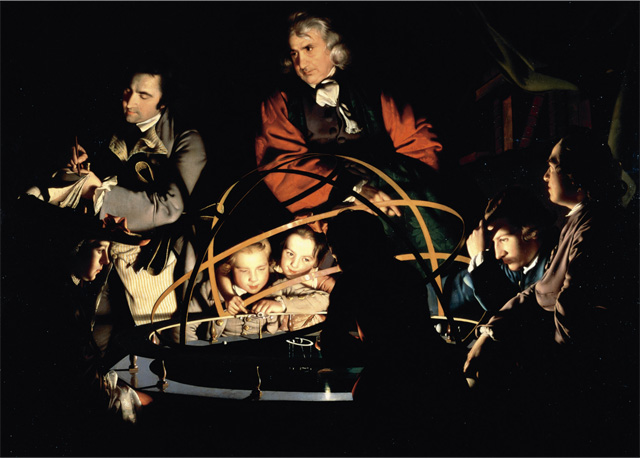
My Favourite Painting: Lord Rees of Ludlow
Lord Rees of Ludlow chooses his favourite painting for Country Life.
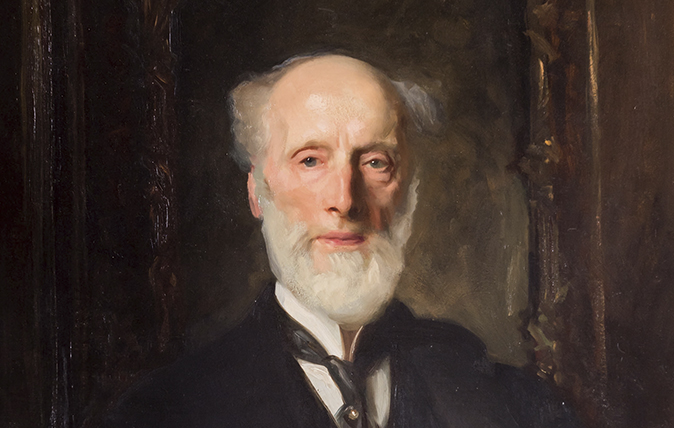
My favourite painting: The Lord Crathorne
'I love and am inspired by this powerful portrait of my remarkable grandfather'
Country Life is unlike any other magazine: the only glossy weekly on the newsstand and the only magazine that has been guest-edited by HRH The King not once, but twice. It is a celebration of modern rural life and all its diverse joys and pleasures — that was first published in Queen Victoria's Diamond Jubilee year. Our eclectic mixture of witty and informative content — from the most up-to-date property news and commentary and a coveted glimpse inside some of the UK's best houses and gardens, to gardening, the arts and interior design, written by experts in their field — still cannot be found in print or online, anywhere else.
-
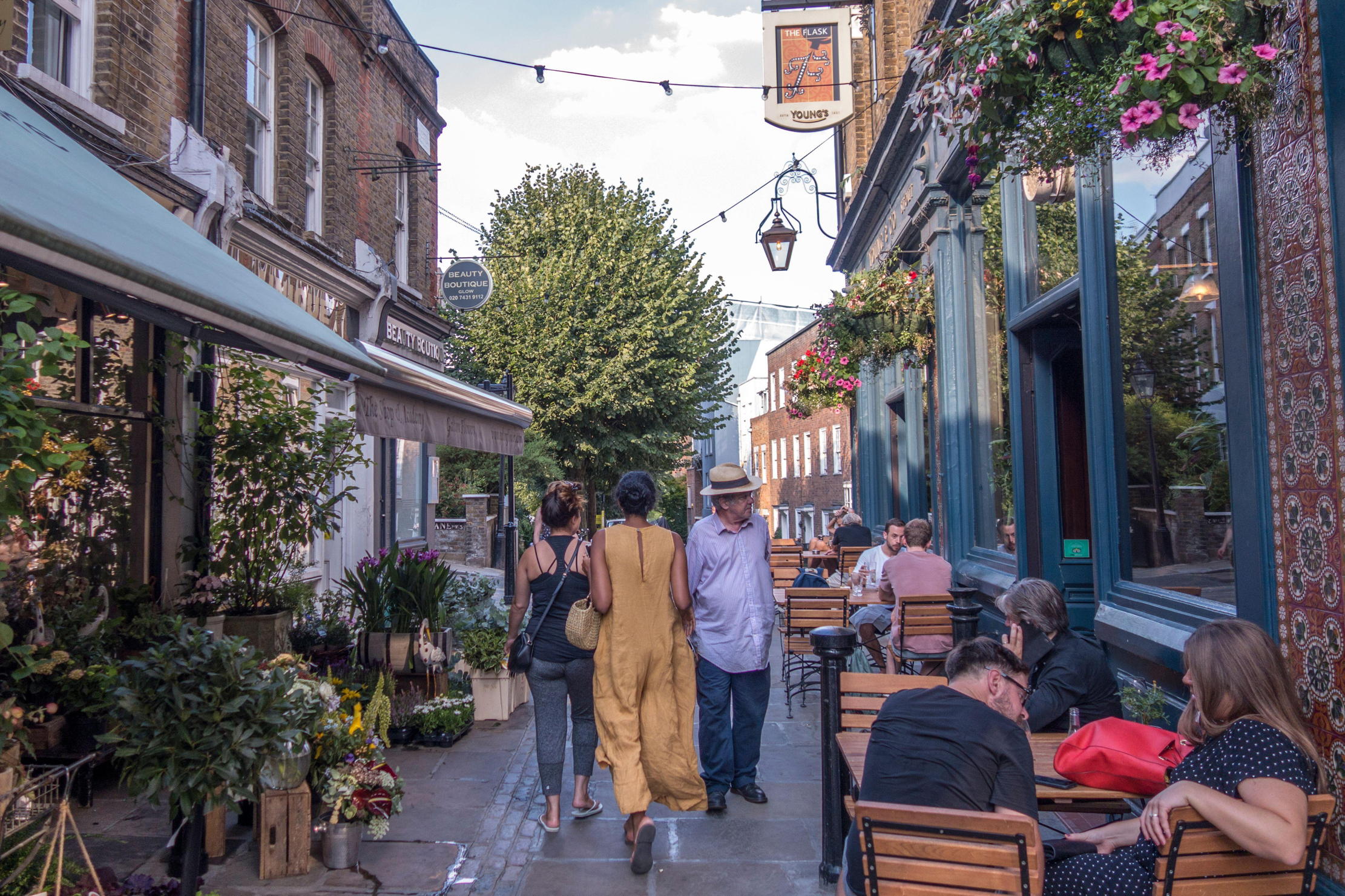 A day walking up and down the UK's most expensive street
A day walking up and down the UK's most expensive streetWinnington Road in Hampstead has an average house price of £11.9 million. But what's it really like?
By Lotte Brundle
-
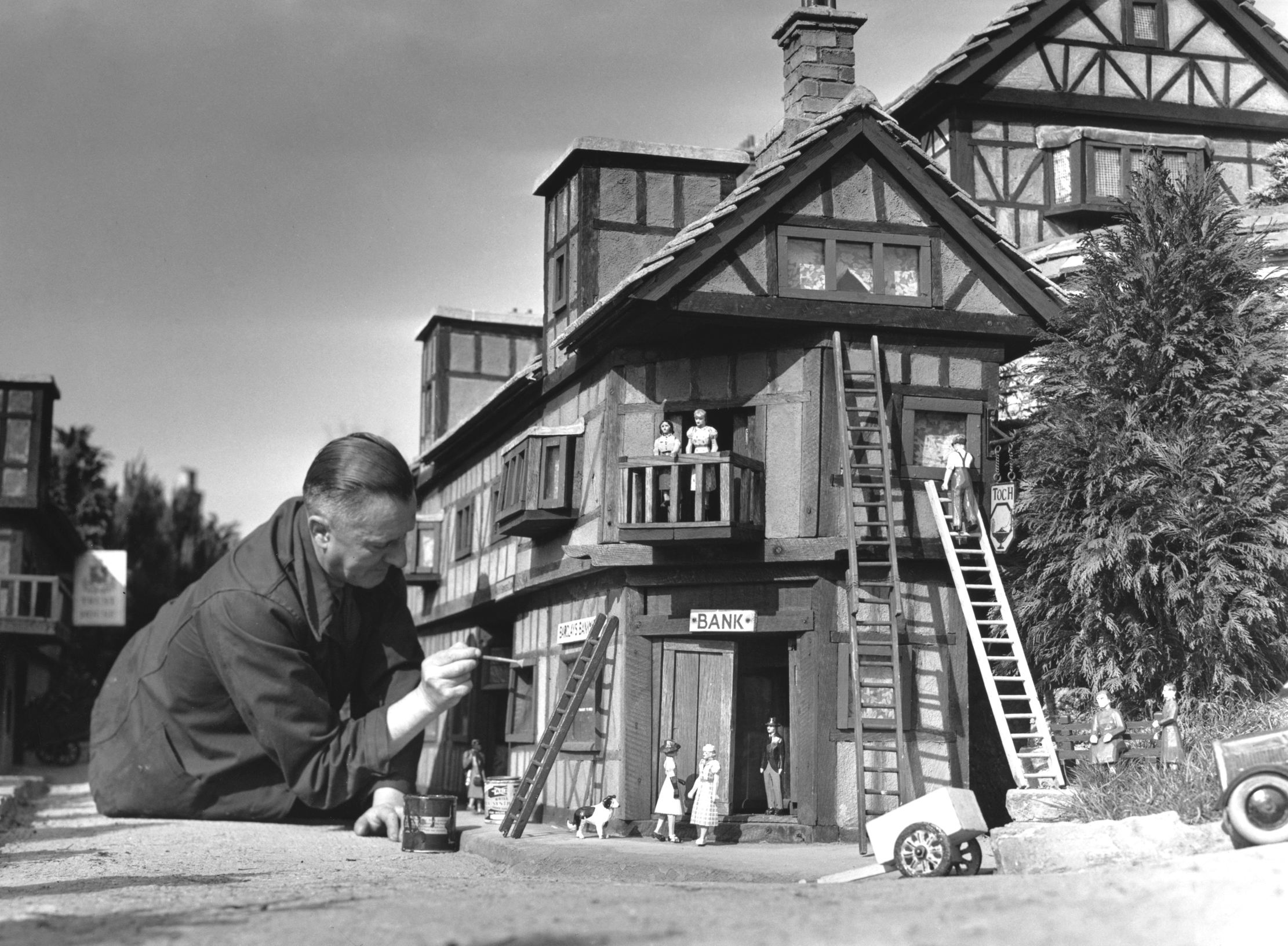 Life in miniature: the enduring charm of the model village
Life in miniature: the enduring charm of the model villageWhat is it about these small slices of arcadia that keep us so fascinated?
By Kirsten Tambling
-
 'As a child I wanted to snuggle up with the dogs and be part of it': Alexia Robinson chooses her favourite painting
'As a child I wanted to snuggle up with the dogs and be part of it': Alexia Robinson chooses her favourite paintingAlexia Robinson, founder of Love British Food, chooses an Edwin Landseer classic.
By Charlotte Mullins
-
 The Pre-Raphaelite painter who swapped 'willowy, nubile women' for stained glass — and created some of the best examples in Britain
The Pre-Raphaelite painter who swapped 'willowy, nubile women' for stained glass — and created some of the best examples in BritainThe painter Edward Burne-Jones turned from paint to glass for much of his career. James Hughes, director of the Victorian Society, chooses a glass masterpiece by Burne-Jones as his favourite 'painting'.
By Charlotte Mullins
-
 'I can’t look away. I’m captivated': The painter who takes years over each portrait, with the only guarantee being that it won't look like the subject
'I can’t look away. I’m captivated': The painter who takes years over each portrait, with the only guarantee being that it won't look like the subjectFor Country Life's My Favourite Painting slot, the writer Emily Howes chooses a work by a daring and challenging artist: Frank Auerbach.
By Toby Keel
-
 My Favourite Painting: Rob Houchen
My Favourite Painting: Rob HouchenThe actor Rob Houchen chooses a bold and challenging Egon Schiele work.
By Charlotte Mullins
-
 My Favourite Painting: Jeremy Clarkson
My Favourite Painting: Jeremy Clarkson'That's why this is my favourite painting. Because it invites you to imagine'
By Charlotte Mullins
-
 The chair of the National Gallery names his favourite from among the 2,300 masterpieces — and it will come as a bit of a shock
The chair of the National Gallery names his favourite from among the 2,300 masterpieces — and it will come as a bit of a shockAs the National Gallery turns 200, the chair of its board of trustees, John Booth, chooses his favourite painting.
By Toby Keel
-
 'A wonderful reminder of what the countryside could and should be': The 200-year-old watercolour of a world fast disappearing
'A wonderful reminder of what the countryside could and should be': The 200-year-old watercolour of a world fast disappearingChristopher Price of the Rare Breed Survival Trust on the bucolic beauty of The Magic Apple Tree by Samuel Palmer, which he nominates as his favourite painting.
By Charlotte Mullins
-
 My favourite painting: Andrew Graham-Dixon
My favourite painting: Andrew Graham-Dixon'Lesson Number One: it’s the pictures that baffle and tantalise you that stay in the mind forever .'
By Country Life